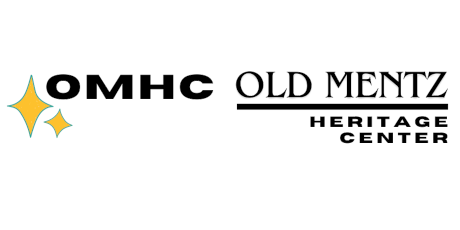November 29, 1924 was a big day in Port Byron. The doors of the new National Bank of Port Byron were to open for it’s first public inspection. All were welcome, in fact, all were encouraged to come and see “one of the finest and best looking buildings between New York and Buffalo”. Free cigars and ice cream was to be given away. The paper boasted that building had a tile floor, marble siding, and mahogany trim work. The safe had concrete and iron floors and walls and the door weighed five tons. Your money was never more secure. The contractor, a Mr. David Wadsworth, had paid close attention to every detail, and it was not a rare sight to see him in overalls working with his crew to ensure that Port Byron could be proud of it’s new institution.
As one might expect, The Port Byron Chronicle went all out for this event. The entire front page of the November 22 paper was devoted to articles detailing the sterling nature about the men who would run the bank, the officers, and the contractor. A full page was given to ads for businesses who welcomed the bank, which is kind of cool today as it shows us who was in business at the time.
The bank itself was the result of Benjamin Mott of Red Creek pushing the businessmen of Port Byron to form the bank. To start a bank, certain amounts of money had to be subscribed as capital, depending on the size of the community. For Port Byron, this was $25,000. A recently donated Stock Subscription Contract shows that although the businessmen were willing, they fell quite a bit short of raising the $25,000 needed. Mott and his son had to make up the difference, purchasing over 165 shares or $16500, to get the doors open. Not unsurprisingly, Mott was named president of the new bank. I suspect that he had told the men that he would make up the difference in case they could not raise the money. Why he wanted a bank in Port Byron instead of Red Creek has not been investigated.
This would be the first bank in a number of years. Prior to this, there were a couple smaller banks, but none had lasted for long. On December 1, 1924, the bank opened for business. The first depositor was George Lowe of Lowe Brothers, but he had made his arrangements prior to the actual opening. Mr. William Clarke who ran the Tonsorial Parlor, was first in line, and Mrs. Margaret Clapp who was an Insurance Agent was the first woman to make a deposit. The paper reported that the line of happy depositors stretched into the street during the first day.
The bank operated for 18 years. In 1941, Benjamin Mott died and his son Maurice was unwilling to carry on the operations of the bank. It goes to show us that this was Mott’s bank, even though it had a board that supposedly oversaw the operations. To settle Mott’s estate, his shares had to be sold, and that alone was enough to kill the bank. It makes me wonder why no one could step in to buy the shares, but perhaps as the Great Depression was just ending and World War 2 was starting, no one had the cash. In November 1942, the stockholders decided to sell the bank to the Auburn Trust Company. The new bank would continue operations in the same building as of January 1, 1943.
The Auburn Trust Company would last until 1955 when it became part of the Marine Midland Corporation and its chain of banks. The Auburn Trust was the 12th bank of this corporation. In 1966, Marine Midland opened their new office at the site of the present day Savannah Bank, thus ending the use of the old National Bank building. Mr. Perkins purchased the building and gave it to the school for use as the business office. When the schools were all consolidated in early 1990’s, the business office moved to the new high school. They gave the building to the Village. In the 1990’s it would become the Port Byron Reading Center and later the Library. When the library moved to their new location in the old school bus garage, now Town Offices, the building was sold and today it is the Moran and Dauphin insurance agent.
Thanks to Dave Thomas for his donation of the Stock Subscription Contract which started this article. On its own, it is an interesting document as it contains many signatures of the prominent businessmen of 1924. It is about as close we can get to these people without being there in person. If you haven’t figured out what a Tonsorial Parlor is, it is a Barber Shop (I had to look it up).And our friend Wadsworth, the contractor who built the finest building in the land, also built the Greek revival bank building in Cato. If someone was to ask, I would say is even nicer.
One of the interesting oddities is that we don’t have a photo of the National Bank or much of anything showing that side of the street. People loved the west side of Main, but few turned around to photograph the east side. So the best I could do was one photo of the Port Byron Reading Center which was in the old bank building for a number of years in the 1990’s
